The race to touch the skies has been an ongoing saga of human ambition and ingenuity. The fascination with height is not merely about the physical measurement but symbolizes technological advancement, economic prowess, and cultural significance. In this exploration, we’ll uncover the marvels of the world’s tallest skyscrapers, delving into their architectural genius, the challenges overcome, and the impact they have on the urban landscapes they dominate.
The Titans of Architecture and Engineering
1.Burj Khalifa, Dubai – The Reigning Champion
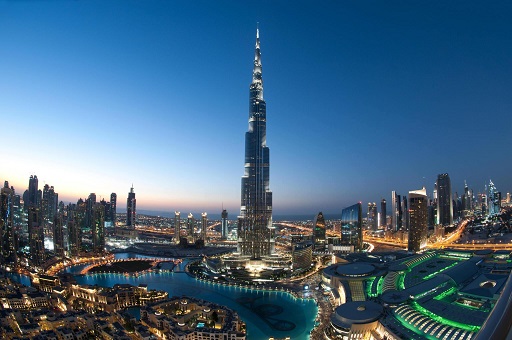
Standing tall at an astonishing height, the Burj Khalifa is not just a building; it’s a symbol of human ambition. Its unique design and construction have set a benchmark in engineering, making it more than just the tallest; it’s an architectural masterpiece. The tower’s notable features, including its observation decks, offer breathtaking views of Dubai, showcasing the city’s blend of modernity and tradition.
- Height: 828 meters (2,717 feet)
- Floors: 163
- Year Completed: 2010
- Notable for being the tallest structure in the world, the Burj Khalifa has an observation deck on the 148th floor, standing at 555 meters (1,821 feet), which is among the highest outdoor observation decks globally.
2.Shanghai Tower, China – A Twist in the Sky
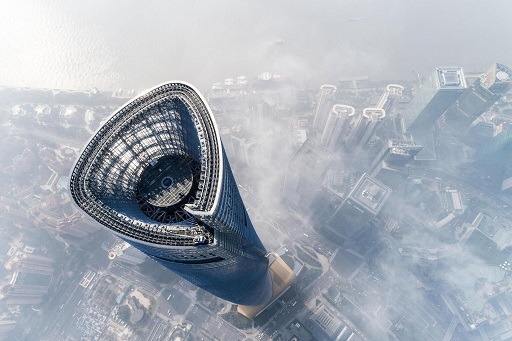
This skyscraper takes a literal twist in architectural design, representing China’s vision for the future. Its sustainability features and the visitor experience it offers, from the world’s highest observation deck to its spiraling form, make it a standout in the realm of skyscrapers. The Shanghai Tower reflects the city’s commitment to technological advancement and sustainability.
- Height: 632 meters (2,073 feet)
- Floors: 128
- Year Completed: 2015
- Featuring the world’s highest observation deck within a building at a height of 562 meters (1,844 feet), the Shanghai Tower also boasts the world’s fastest elevators, reaching speeds of up to 20.5 meters per second (45.9 mph).
3.Abraj Al-Bait Clock Tower, Saudi Arabia – Blending Tradition with Modernity
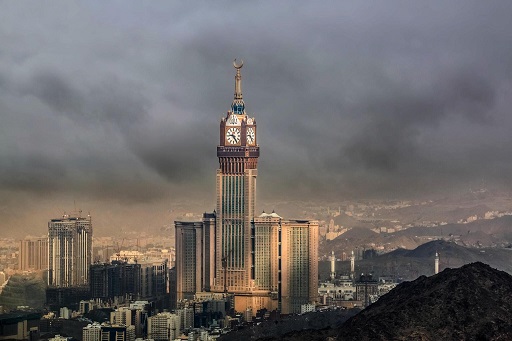
Located in the heart of Mecca, this tower is more than an architectural feat; it’s a cultural landmark. Its significance to the Islamic world and its blend of traditional Islamic architecture with modern technology underscore the tower’s uniqueness. The Abraj Al-Bait Clock Tower serves as a beacon for pilgrims from around the globe, its grandeur echoing the city’s historical and religious importance.
- Height: 601 meters (1,971 feet)
- Floors: 120
- Year Completed: 2012
- The central tower houses the world’s largest clock face and is a part of a complex that serves as a significant accommodation and retail hub for Hajj pilgrims.
4.Ping An Finance Centre, China – A Marvel of Modern Engineering
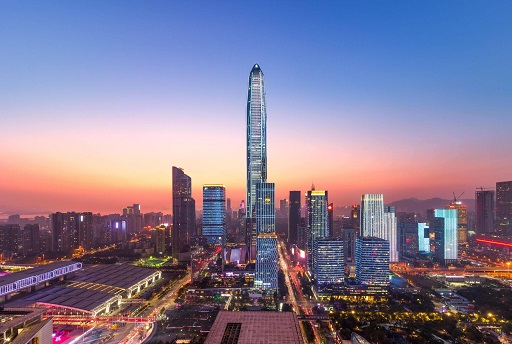
In the rapidly growing city of Shenzhen, the Ping An Finance Centre stands as a testament to China’s economic boom. Its design focuses on durability and the economic impact it has on the city is profound, symbolizing financial strength and innovation. The tower is not just a workplace but a landmark that contributes to the city’s identity.
- Height: 599 meters (1,965 feet)
- Floors: 115
- Year Completed: 2017
- Positioned in Shenzhen, it’s one of the world’s tallest buildings and is a focal point for the city’s financial services.
5.Lotte World Tower, South Korea – A Symbol of Innovation
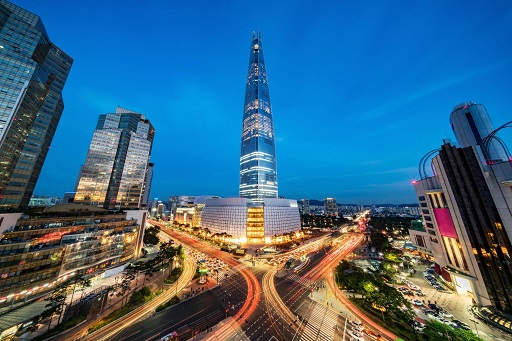
Rising above Seoul, the Lotte World Tower faced numerous construction challenges, each overcome with innovative solutions. Its unique attractions, including the world’s highest glass-bottomed observation deck, offer visitors unique experiences, blending entertainment with architectural brilliance.
- Height: 555 meters (1,819 feet)
- Floors: 123
- Year Completed: 2016
- Home to the world’s highest glass-bottomed observation deck, located on the 121st floor, it offers panoramic views of Seoul.
6.One World Trade Center, USA – Rising from the Ashes
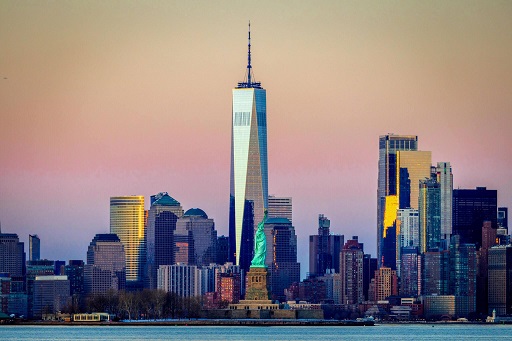
A symbol of resilience, the One World Trade Center stands on the site of the tragic events of September 11. Its design incorporates symbolism and advanced safety features, making it a fortress of strength and sustainability. The tower is more than a building; it’s a tribute to the enduring spirit of freedom and democracy.
- Height: 541.3 meters (1,776 feet) – symbolic of the year of American independence.
- Floors: 104
- Year Completed: 2014
- Also known as Freedom Tower, it stands as a symbol of resilience and freedom, with its height marking the year the United States Declaration of Independence was signed.
The Impact of Skyscrapers on Urban Landscapes
These towering giants do more than just scrape the skies; they redefine city skylines, becoming symbols of urban identity. Their economic and cultural significance is immense, contributing to the cities’ global stature and influence.
The Future of Skyscrapers
As technology advances, the future of skyscrapers looks even more promising. The focus is shifting towards sustainable and green buildings, with architects and engineers exploring new materials and designs that minimize environmental impact while maximizing efficiency and functionality.
Reaching for the Stars
The journey to build the world’s tallest skyscrapers is a testament to human creativity and perseverance. These buildings stand not just as structures of steel and glass but as symbols of what humanity can achieve when it dares to dream big.
FAQ
- What defines a building as a skyscraper?
A skyscraper is typically defined by its height and its use of steel or concrete for structural support. It must significantly stand out from the surrounding buildings and be able to support its weight and withstand natural forces like wind and earthquakes.
- How do skyscrapers withstand strong winds and earthquakes?
Skyscrapers are designed with a robust structural system, often including a central core, to resist wind forces and seismic activity. Engineers use advanced materials and construction techniques to ensure stability and safety.
- What are the challenges in building taller skyscrapers?
The main challenges include ensuring structural integrity, dealing with high winds, providing water and power throughout the building, and ensuring efficient vertical transportation for occupants.
- Can skyscrapers be environmentally friendly?
Yes, through the use of sustainable design principles, energy-efficient systems, and green technologies, skyscrapers can minimize their environmental impact and contribute to a more sustainable urban development.
- What’s the next milestone in skyscraper height?
The next milestone would likely involve breaking the 1-kilometer mark, with projects like the Jeddah Tower in Saudi Arabia aiming to set new records for architectural height.
